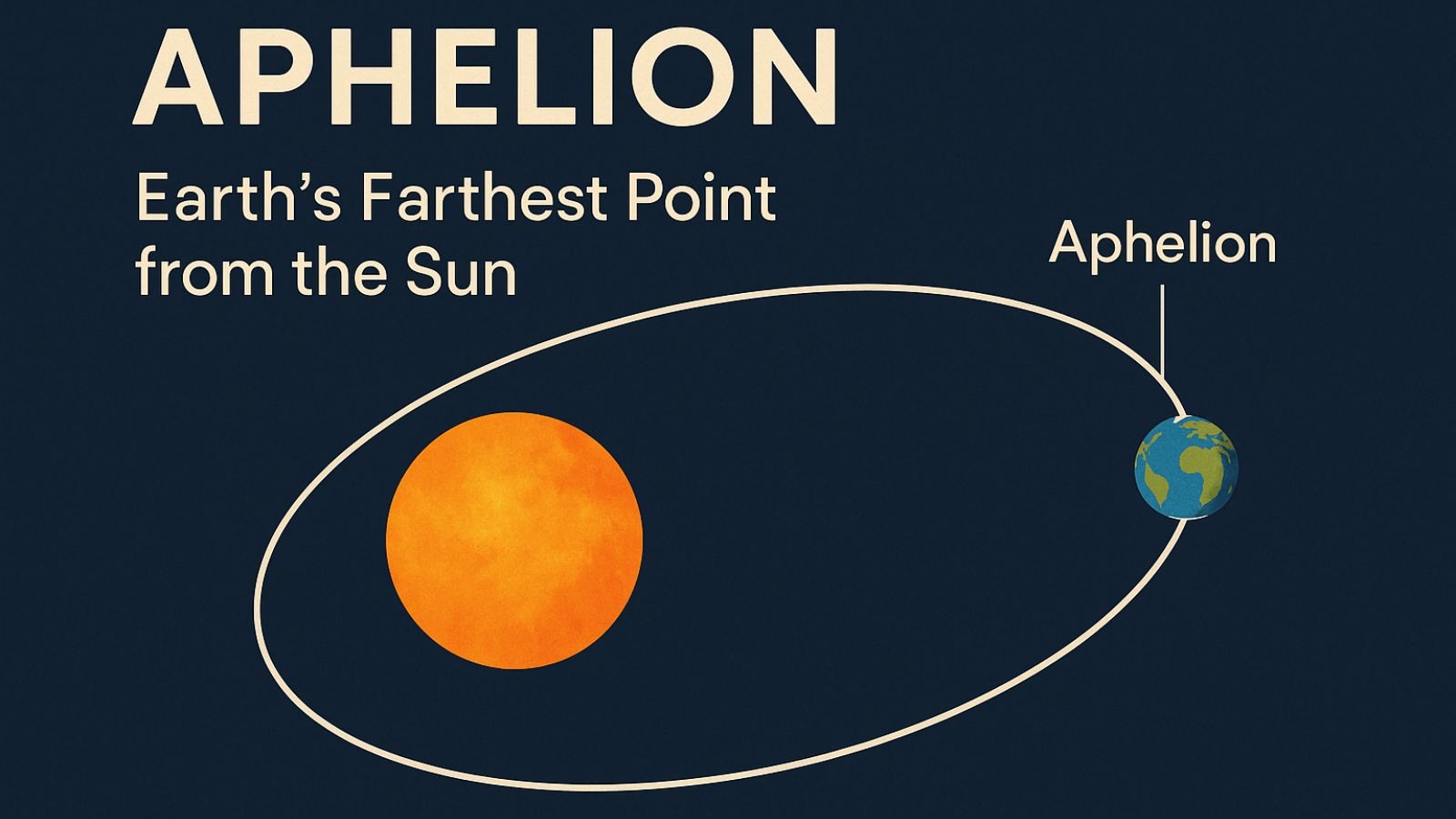Aphelion is an astronomical phenomenon that occurs when Earth is at the farthest point in its orbit around the Sun. The term comes from the Greek words apo meaning “away from” and helios meaning “sun.” Together, they describe the position in Earth’s elliptical orbit where the Sun appears most distant.
This phenomenon usually takes place in early July each year, when Earth is about 152.1 million kilometers from the Sun, compared to about 147.1 million kilometers at its closest. The difference arises because Earth’s orbit is not a perfect circle but an ellipse, influenced by gravitational interactions primarily with the Moon and other planets.
While the 3% change in distance may seem small, it subtly affects the amount of solar energy reaching Earth. During aphelion, the reduction in solar radiation can contribute to sudden dips in temperature and, under certain atmospheric conditions, trigger unusually cold spells in some regions.
Contrary to what many assume, aphelion does not cause winter. Seasons are governed by Earth’s axial tilt of 23.5 degrees, not by its distance from the Sun. That is why the Northern Hemisphere experiences summer even during aphelion.
The opposite of aphelion is perihelion, which occurs in early January when Earth is closest to the Sun. At that point, Earth is about 3% nearer to the Sun than at aphelion.



